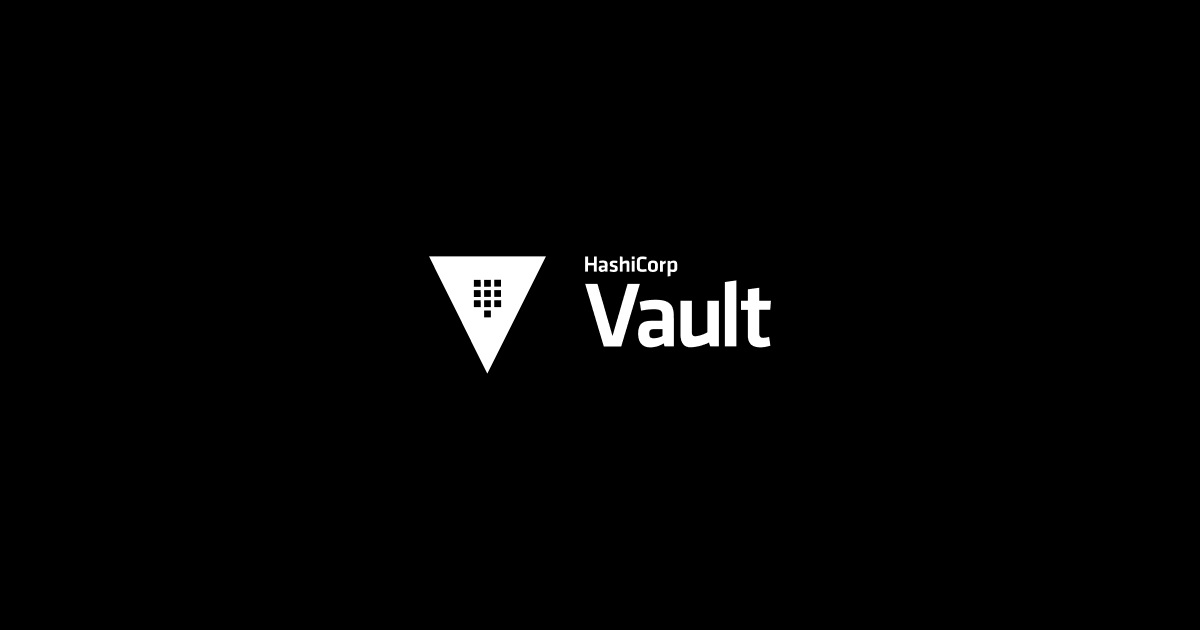Vault is a tool for securely accessing secrets created by HashiCorp.
A secret is anything that you want to tightly control access to, such as API keys, passwords, or certificates. Vault provides a unified interface to any secret, while providing tight access control and recording a detailed audit log.
A modern system requires access to a multitude of secrets: database credentials, API keys for external services, credentials for service-oriented architecture communication, etc. Understanding who is accessing what secrets is already very difficult and platform-specific. Adding on key rolling, secure storage, and detailed audit logs is almost impossible without a custom solution. This is where Vault steps in.
The key features of Vault are:
- Secure Secret Storage: Arbitrary key/value secrets can be stored in Vault. Vault encrypts these secrets prior to writing them to persistent storage, so gaining access to the raw storage isn’t enough to access your secrets. Vault can write to disk, Hashicorp Consul, and more.
- Dynamic Secrets: Vault can generate secrets on-demand for some systems, such as AWS or SQL databases. For example, when an application needs to access an S3 bucket, it asks Vault for credentials, and Vault will generate an AWS keypair with valid permissions on demand. After creating these dynamic secrets, Vault will also automatically revoke them after the lease is up.
- Data Encryption: Vault can encrypt and decrypt data without storing it. This allows security teams to define encryption parameters and developers to store encrypted data in a location such as SQL without having to design their own encryption methods.
- Leasing and Renewal: All secrets in Vault have a lease associated with them. At the end of the lease, Vault will automatically revoke that secret. Clients are able to renew leases via built-in renew APIs.
- Revocation: Vault has built-in support for secret revocation. Vault can revoke not only single secrets, but a tree of secrets, for example all secrets read by a specific user, or all secrets of a particular type. Revocation assists in key rolling as well as locking down systems in the case of an intrusion.
About
After completing this course, students will be able to understand and implement the services and functions provided by HashiCorp Vault.
Topics
Topics covered include:
- Understanding Vault concepts, components, and architecture.
- Designing a Vault deployment in AWS and GCP.
- Securely deploying Vault.
- Starting Vault and storing secrets.
- Vault use cases and roll out.
- Vault cubbyholes.
- Secrets Engines.
- Dynamic secrets.
- Vault policies.
- Vault authentication and Vault identities.
- APIs
Audience
- Architects
- Developers
- System Administrators
- Security specialists
- DevOps
Prerequisites
You will need the following to make the most of your training experience:
- Basic working knowledge of Linux. You can create SSH keys, log into a cloud instance, and comfortably install software.
- Basic knowledge of AWS or GCP. You can configure, launch, and access Linux instances and VPCs.
Details
Time
10:00 am – 5:00pm
Location
This course is offered at the following Sakura offices:
- Singapore
- San Francisco.
Duration
1 day
What is provided
- Lunch
- Internet
What you need to bring
Your own laptop



